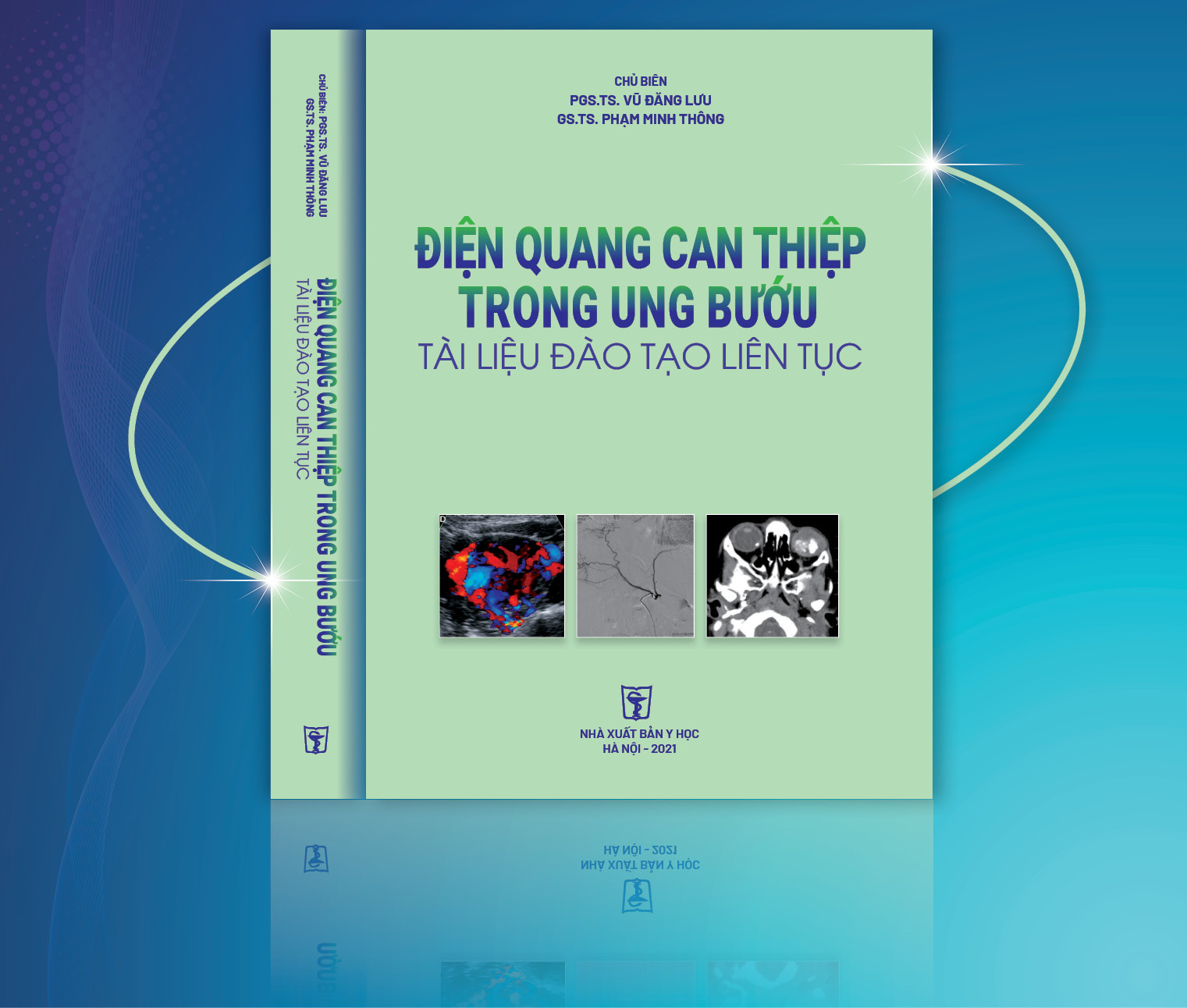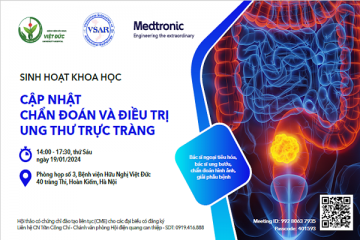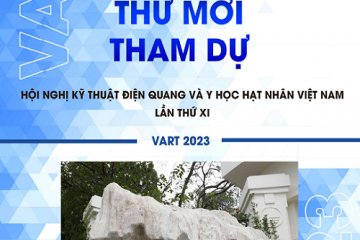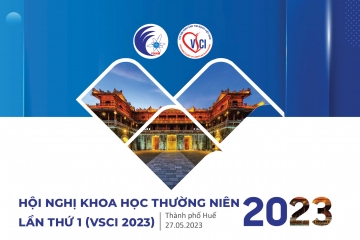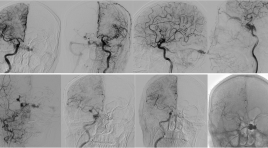
Điều trị can thiệp rò động tĩnh mạch màng cứng xoang hang qua tái thông xoang đá dưới tại Bệnh viện Bạch Mai
04/12/2019 20:27:43 | 0 binh luận
SUMMARY
Background: Transvenous coil embolization via inferior petrous sinus (IPS) is a curative and safe method to manage cavernous sinus dural arteriovenous fistulas (CSDAVFs). However, this access will be challenging in case of CSDAVFs associated with angiographic occlusive IPS. Purpose: To report our primary results and experience of transvenous embolization of the CSDAVFs by recanalisation of angiographic occlusive IPS.
Methods: Retrospective study of the cases of 12 patients (1 man and 11 women, ranging from 38 years to 79 years of age (mean, 62 years)) who underwent transvenous embolization by recanalisation of angiographic occlusive IPS over a 18 month period. The angioarchitecture of the CSDAVFs, the angiographic as well as the clinical outcomes after embolization and the periprocedural complications were analyzed.
Results: True occlusive IPS was found in 12 of the patients. The microcatheter was successfully navigated to the fistula site of the CS in 10 patients (83,3%), while such navigation failed in 2 patients following numerous attempts.The rate of complete occlusion of CSDAVFs was 75%. One case with fatal complication due to MCA occlusion.
Conclusion: Angiographic occlusive IPS of CSDAVF may be related to true occlusion of IPS. Transvenous embolization via recanalisation of angiographic occlusive IPS is a safe and effective method to manage CSDAVFs.
Bạn Đọc Quan tâm
Sự kiện sắp diễn ra
Thông tin đào tạo
- Những cạm bẫy trong CĐHA vú và vai trò của trí tuệ nhân tạo
- Hội thảo trực tuyến "Cắt lớp vi tính đếm Photon: từ lý thuyết tới thực tiễn lâm sàng”
- CHƯƠNG TRÌNH ĐÀO TẠO LIÊN TỤC VỀ HÌNH ẢNH HỌC THẦN KINH: BÀI 3: U não trong trục
- Danh sách học viên đạt chứng chỉ CME khóa học "Cập nhật RSNA 2021: Công nghệ mới trong Kỷ nguyên mới"
- Danh sách học viên đạt chứng chỉ CME khóa học "Đánh giá chức năng thất phải trên siêu âm đánh dấu mô cơ tim"

